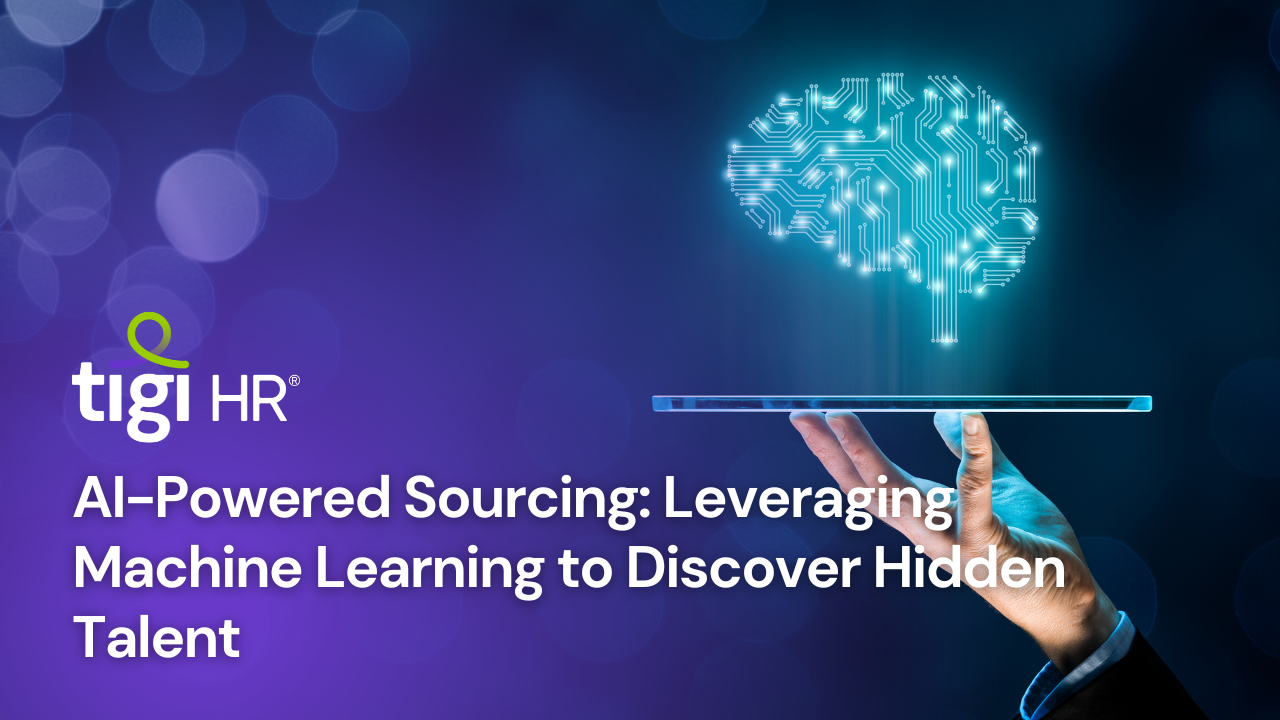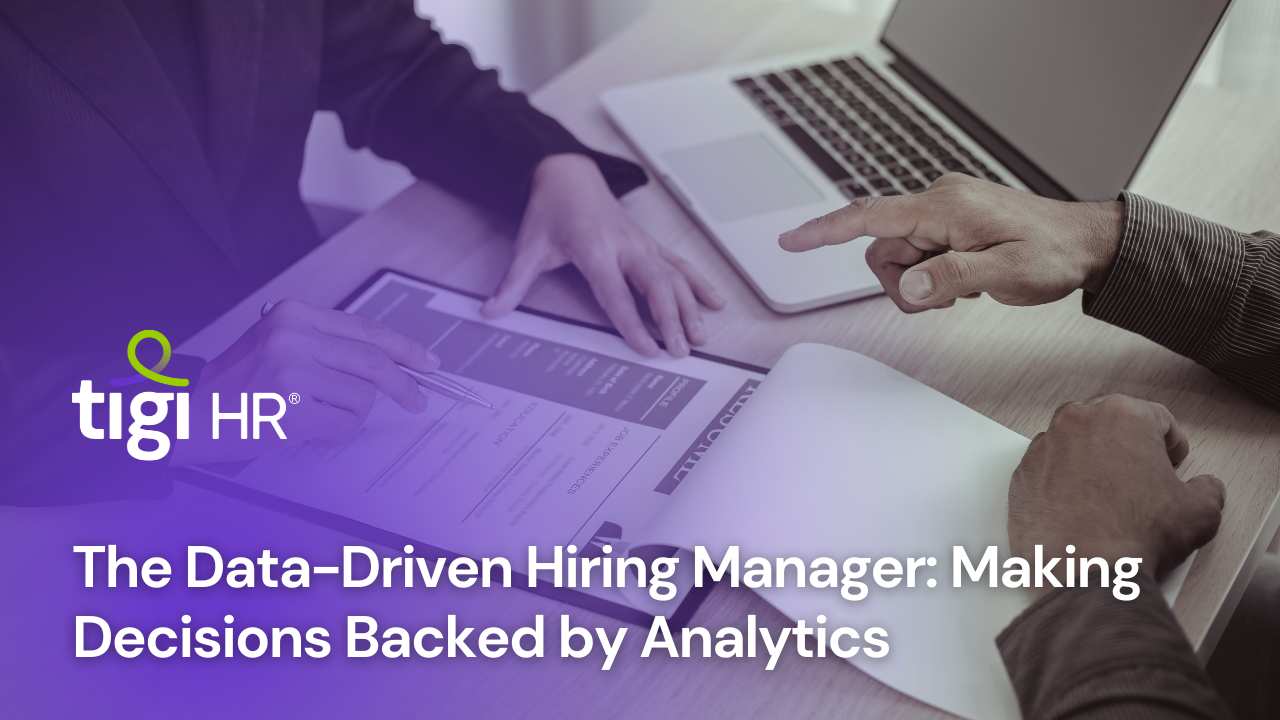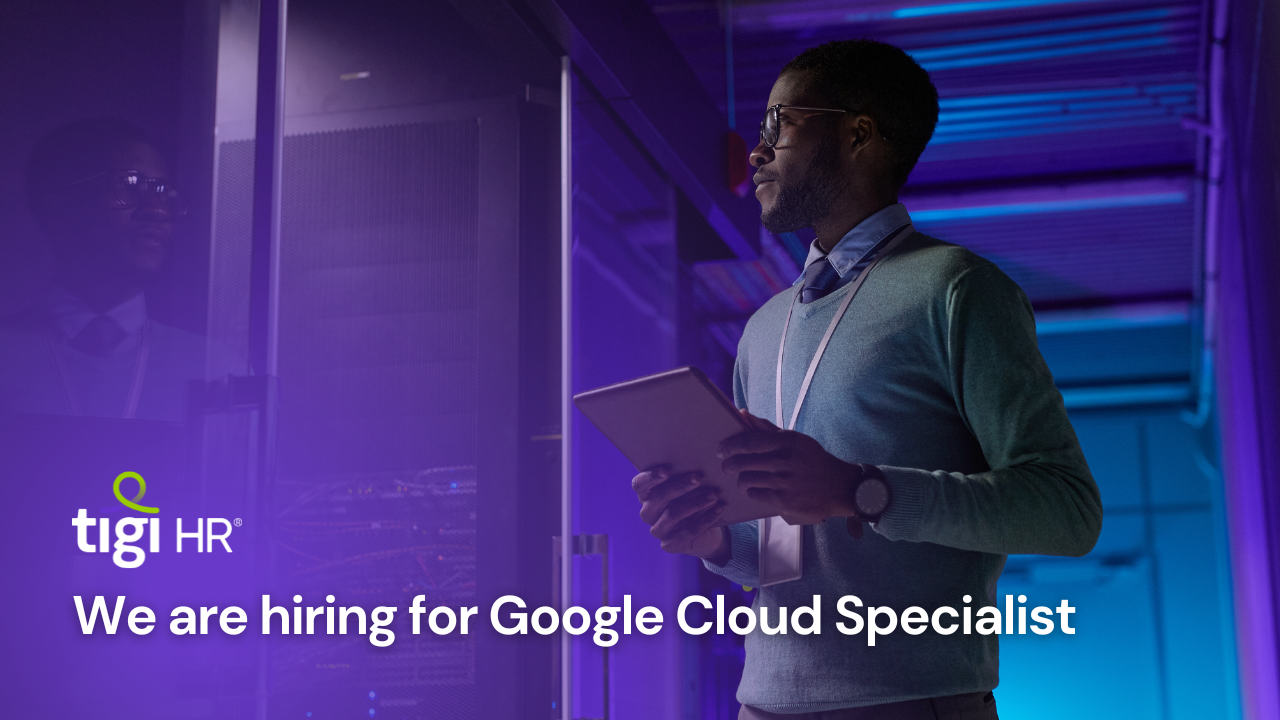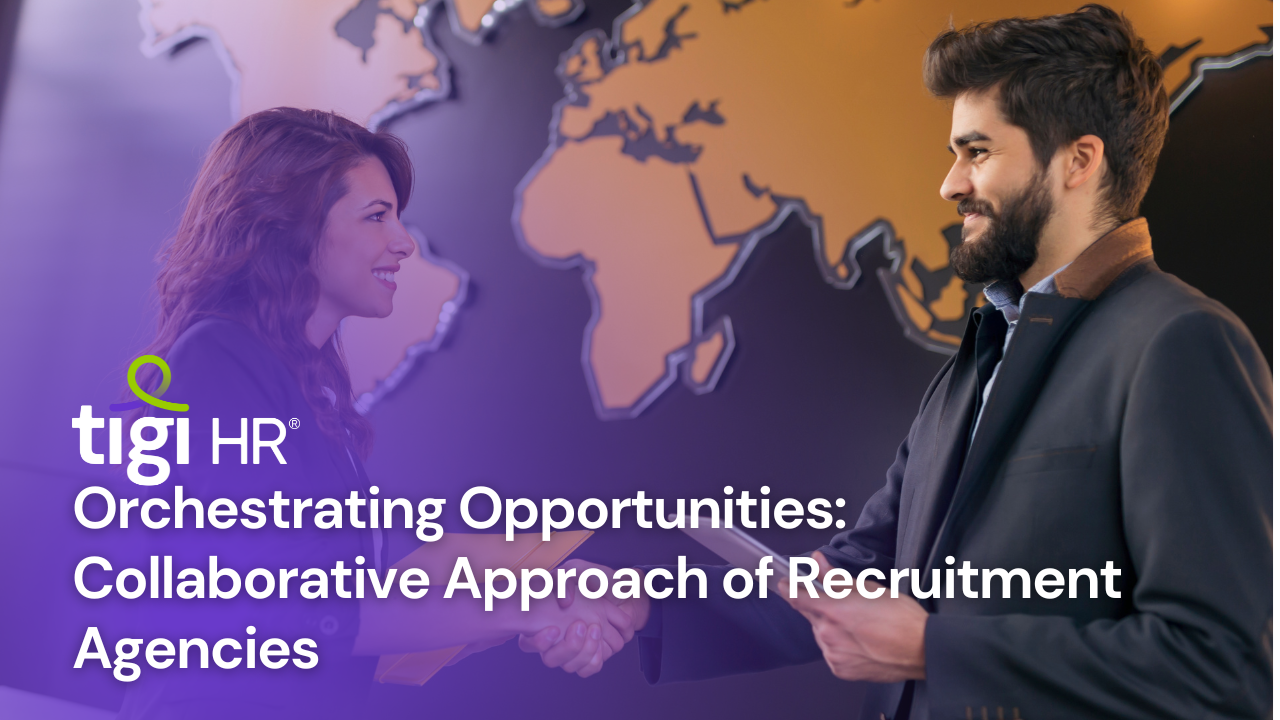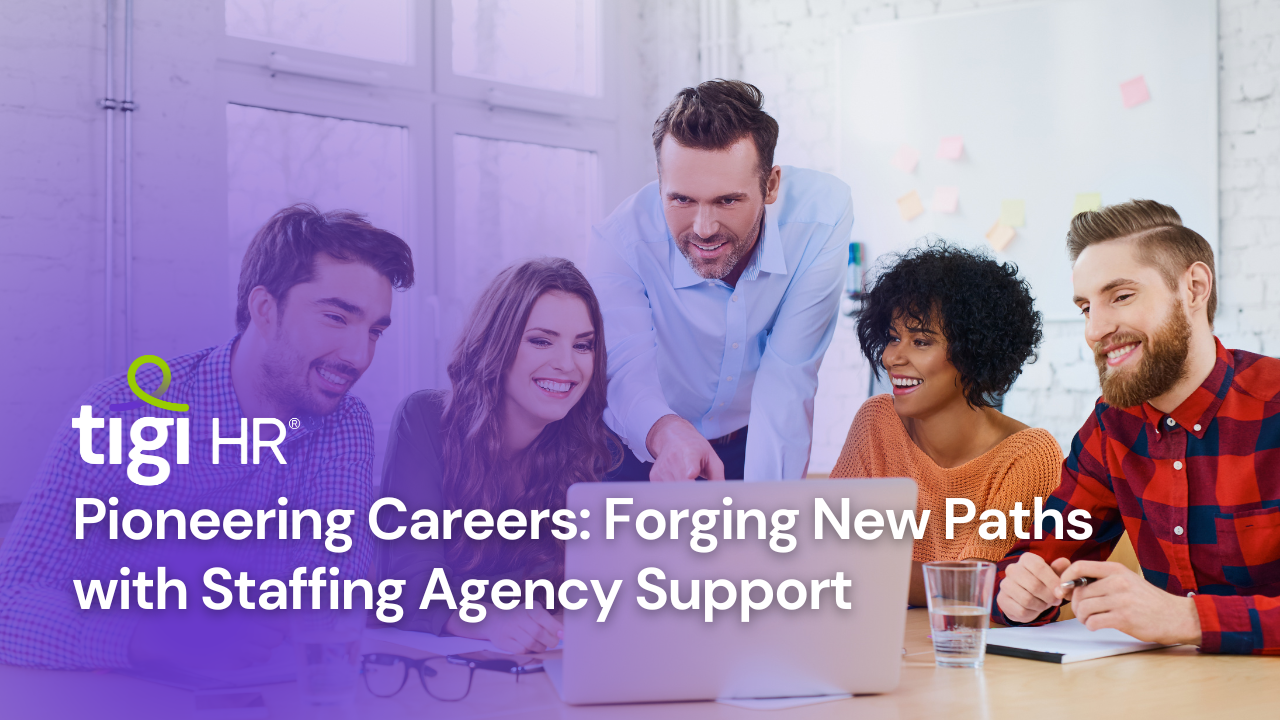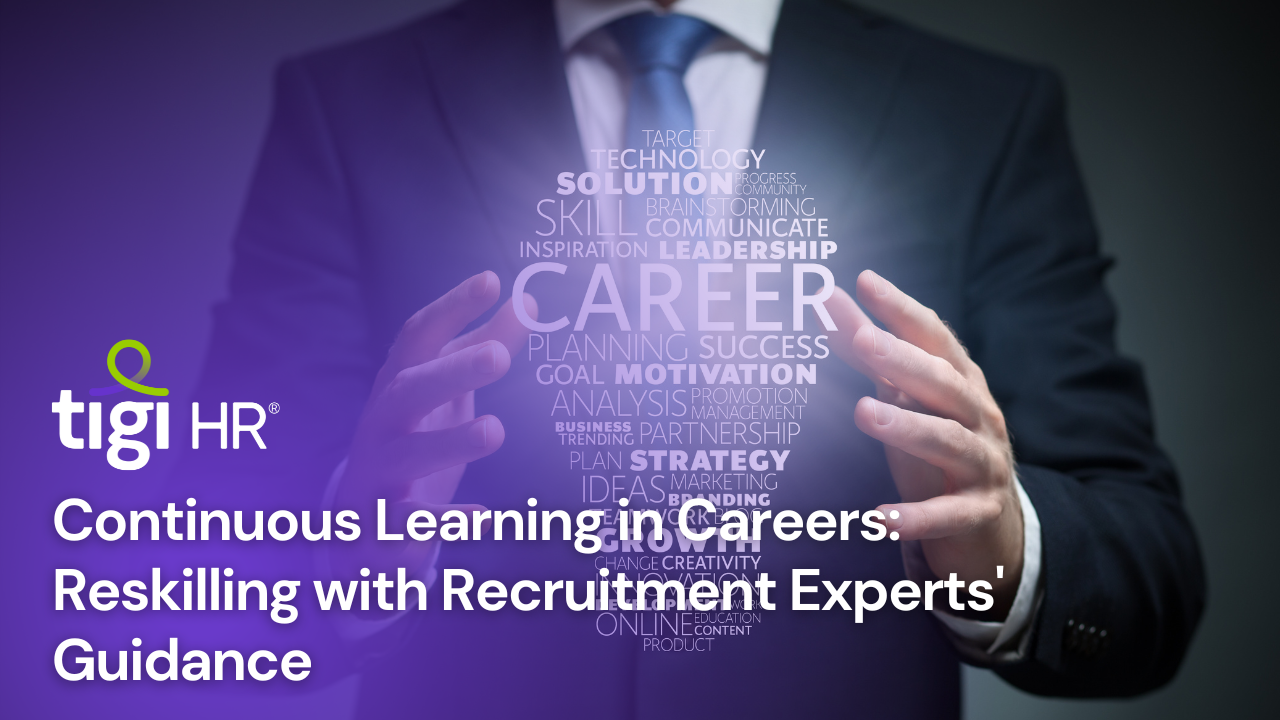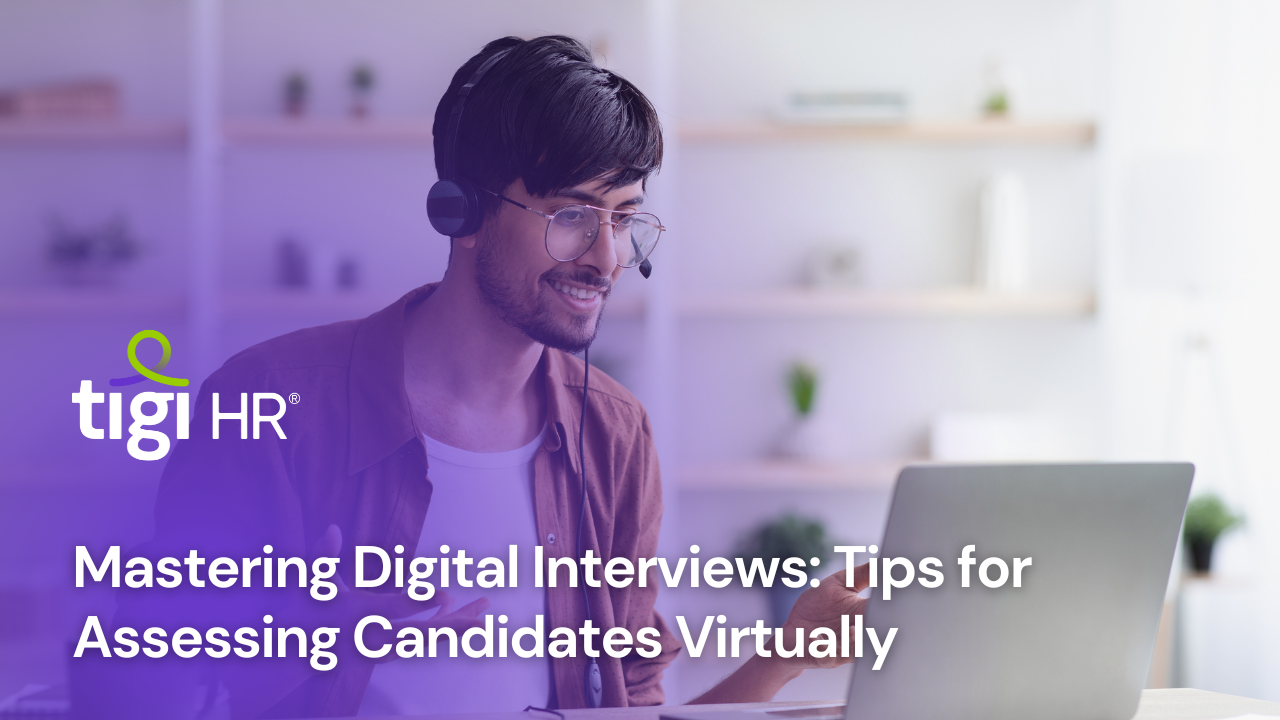In a world marked by rapid technological progress, the landscape of talent acquisition is undergoing a profound transformation. The conventional approach to talent sourcing, marked by manual effort and potential biases, is yielding ground to a cutting-edge paradigm – AI-powered sourcing. This revolutionary approach, driven by the synergy of Artificial Intelligence (AI) and Machine Learning (ML), is redefining how organizations unearth hidden talent, streamlining recruitment processes, and gaining a decisive competitive edge.
**A New Dawn in Talent Sourcing**
Gone are the days when recruiters sifted through stacks of resumes, hoping to identify the ideal candidate. AI-powered sourcing emerges as the catalyst for change, infusing objectivity, efficiency, and precision into the process. By leveraging the prowess of machine learning algorithms, organizations can tap into an ocean of data to identify candidates that traditional methods might have overlooked.
**Unveiling the Advantages**
1. **Swift Efficiency**: The time-consuming ritual of manual resume parsing and shortlisting is replaced by AI’s ability to scan through thousands of profiles within minutes. This efficiency empowers recruiters to focus on strategic aspects of recruitment, fostering a more streamlined process.
2. **Equity Through Objectivity**: Unconscious biases often taint traditional recruitment. AI-driven systems operate devoid of subjectivity, reducing biases and leveling the playing field, ensuring fairness in candidate evaluation.
3. **Unearthing Hidden Potential**: In a landscape where exceptional talent might not always conform to conventional molds, AI-powered sourcing has the capacity to identify hidden gems, often referred to as “passive candidates,” who may not be actively seeking jobs but possess the potential to transform organizations.
**Statistics:**
– LinkedIn’s Global Talent Trends Report underscores the prominence of AI in recruitment, with 76% of talent professionals recognizing its transformative potential.
– Deloitte’s research asserts that AI-integrated recruitment processes can slash the time to fill positions by an impressive 68%.
**AI’s Role in Candidate Sourcing**
1. **Parsing the Essence**: AI employs the art of resume parsing, extracting pertinent information such as qualifications and skills. This precision enables recruiters to rapidly pinpoint candidates meeting the job’s prerequisites.
2. **Decoding Context**: Machine learning’s capability to decipher context is pivotal. Algorithms can decode job descriptions and match them with resumes, ensuring skills and qualifications align, even if the terminology differs.
3. **Beyond Active Seekers**: One of AI’s most compelling feats is its ability to scour the digital landscape, mining platforms, professional networks, and social media to unearth “passive candidates” who might not actively seek jobs but are open to enticing opportunities.
**Statistics:**
– The potential of social media in recruitment is substantiated by a Jobvite survey, revealing that 73% of recruiters successfully hired candidates through this channel.
– A LinkedIn report showcases the pivotal role of networking, attributing 85% of job placements to this strategy – a process AI can augment.
**Crafting Enhanced Candidate Experiences**
1. **The Personalized Touch**: Chatbots and email automation, powered by AI, engage candidates with tailored messages, enhancing candidate experiences and engagement throughout the hiring journey.
2. **Effortless Scheduling**: AI’s efficiency is further exemplified through streamlined interview scheduling. It considers the availability of both candidates and interviewers, presenting optimal time slots.
**Statistics:**
– Montage’s survey elucidates the positive impact of AI on candidate interviews, with 82% reporting a favorable impression of companies that employ AI in this realm.
– Talent Board’s research highlights that candidates who enjoy a positive experience tend to share it on social media, enhancing a company’s employer brand.
**AI’s Contribution to Diversity and Inclusion**
1. **Unbiased Screening**: AI champions fairness by implementing blind screening. Personal information is anonymized during initial screening to mitigate biases rooted in gender, ethnicity, or age.
2. **Fostering Diversity**: AI-driven systems are instrumental in identifying candidates from diverse backgrounds, bolstering an inclusive workforce that thrives on varied perspectives.
**Statistics:**
– A study featured in the Harvard Business Review showcases the capacity of AI-integrated tools to increase female hires by 15%.
– McKinsey’s “Diversity Matters” report underscores the profitability of ethnic diversity, asserting that companies in the top quartile are 35% more likely to outperform their peers.
**Challenges and the Road Ahead**
While AI-powered sourcing offers a trove of advantages, it’s not devoid of challenges. Ethical AI practices, data privacy, and the prevention of algorithmic biases are critical considerations. Additionally, adequate training for recruiters to effectively navigate AI tools is paramount.
**In Conclusion**
The ascendancy of AI-powered sourcing has ushered in a new era of talent acquisition. It transcends traditional limitations, streamlining processes, enhancing fairness, and nurturing diversity. As AI continues to evolve, organizations that embrace this technology are poised to stand out in a fiercely competitive job market. The collaboration between AI and recruitment is not merely technological but a strategic imperative propelling organizations towards a future where talent acquisition reaches unprecedented heights.


